Two critical cardiac arrests.
Previously, on October 17th, Cho Ray Hospital (Ho Chi Minh City) received a request for a consultation from Tu Du Hospital regarding a female patient, VTB (42 years old, residing in Dak Lak ), who experienced cardiac arrest twice during surgery for a medical condition. Doctors at the Obstetrics and Gynecology department made strenuous efforts to resuscitate her.
Immediately, the cardiology team from Cho Ray Hospital moved to the other unit to assess the patient's condition. According to the initial diagnosis, the woman was in severe cardiogenic shock and required urgent circulatory support.
The patient was quickly intubated, placed on a ventilator, maintained minimal hemodynamics, and transferred to Cho Ray Hospital in critical condition. In the cardiovascular intensive care unit, the patient was found to be in severe cardiogenic shock, with very high cardiac enzyme levels, but the coronary angiography results were normal.

The woman in Dak Lak had two critical cardiac arrests (Photo: Hospital).
The ultrasound image showed an apical region of the heart but a hyperdynamic base, with a reduced ejection fraction of only about 33%.
This is a typical form of Takotsubo disease – a stress-induced cardiomyopathy also known as "broken heart syndrome," easily mistaken for acute myocardial infarction and which can progress rapidly, leading to fulminant circulatory failure.
Given the critical condition, the Cardiology Department team consulted with the Interventional Cardiology Department and the Emergency Department of Cho Ray Hospital, and decided to activate the 24/7 extracorporeal membrane oxygenation (ECMO) support procedure, placing the ECMO system to create a "window" for myocardial recovery.
Simultaneously, a comprehensive resuscitation strategy was implemented, including hemodynamic control, lung-protective mechanical ventilation, antibiotic use as recommended, and multi-organ support. Thanks to the good response to intensive treatment, the patient's blood pressure and heart function gradually stabilized.
The patient was gradually weaned off mechanical support and eventually discontinued cardiopulmonary support. Bedside echocardiogram results showed that cardiac contractility (ejection fraction) increased by 38% immediately after discontinuation of support, and continued to improve in the following days.
After 10 days of treatment, the patient was extubated, switched to oxygen via cannula, vital signs were stable, and vital signs recovered well, escaping the life-threatening situation.
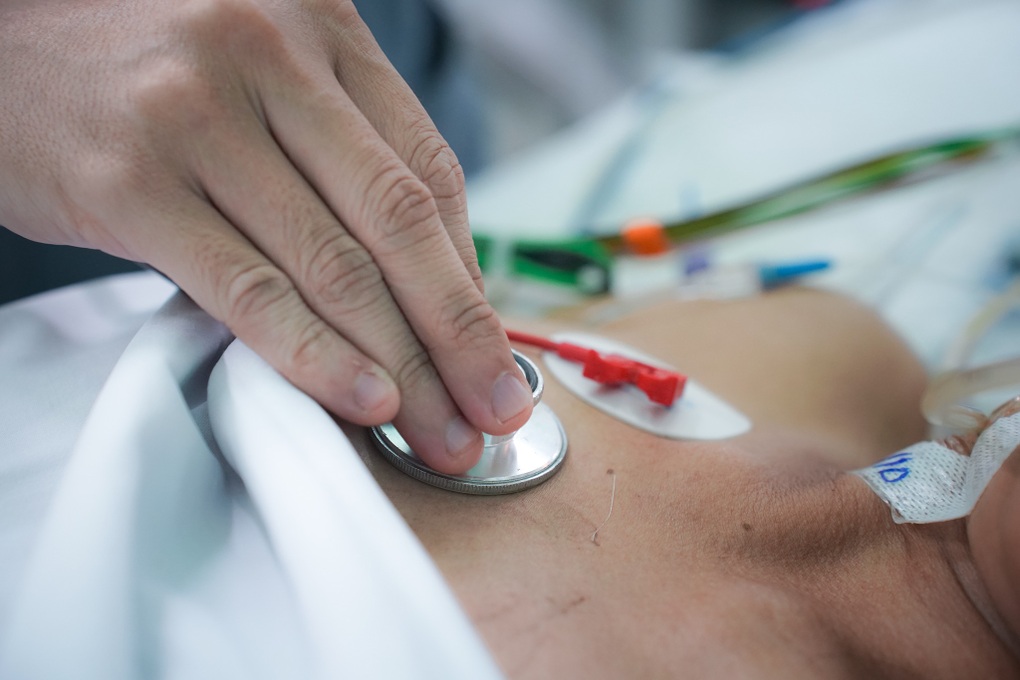
The patient was found to have "broken heart syndrome" (Photo: Hospital).
Clinical cases are very rare.
Associate Professor, Dr. Hoang Van Sy, Head of the Cardiology Department at Cho Ray Hospital, stated that this was a case of Takotsubo cardiomyopathy with a very severe and sudden progression. Common cardiopulmonary resuscitation drugs such as vasopressors were contraindicated in this case.
The key to successful treatment came from timely inter-hospital coordination between Cho Ray Hospital and Tu Du Hospital.
Associate Professor Sy explained that "broken heart syndrome" can be triggered by physical or psychological stress, especially in patients undergoing major surgery. However, less than 10% of these cases lead to fulminant circulatory failure. Therefore, this is a very rare clinical occurrence.
Extracorporeal membrane oxygenation (VA-ECMO) allows for the maintenance of organ perfusion during cardiac failure, thereby enabling the myocardium to rest and recover. In addition, early identification and appropriate intervention play a crucial role in the success of the case.
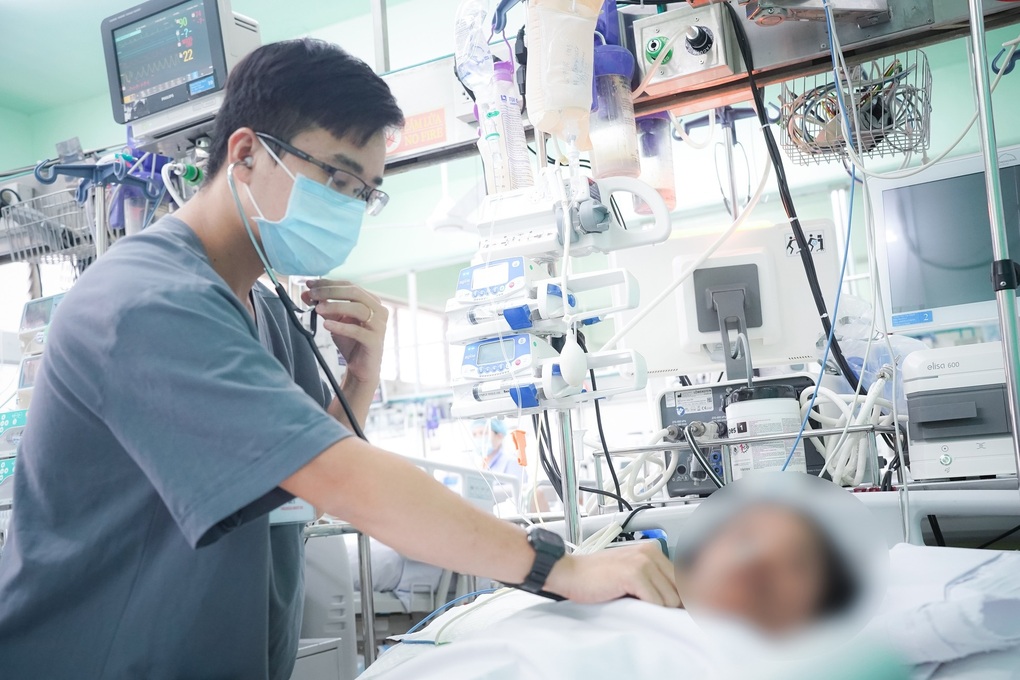
The patient is out of critical condition after being put on ECMO and receiving intensive treatment (Photo: Hospital).
Experts warn that cardiovascular diseases are becoming increasingly diverse and unpredictable, and can appear in situations of both physical and mental stress.
Therefore, women—especially during the pre-menopausal and post-menopausal stages—should be vigilant if they experience chest pain or shortness of breath after physical or mental stress, or after surgery. These could be signs of dangerous cardiovascular conditions such as myocardial infarction or broken heart syndrome.
Cases of Takotsubo cardiomyopathy complicated by severe cardiogenic shock require care and treatment at centers capable of performing mechanical circulatory support techniques (such as extracorporeal membrane oxygenation).
Previously, on October 27th, Saigon General Hospital and Gia Dinh People's Hospital (Ho Chi Minh City) collaborated for the first time to implement an inter-hospital E-CPR procedure, helping to save the life of a critically ill patient.
The patient, a 69-year-old woman, had been suffering from diarrhea and vomiting for a day. While en route to Saigon General Hospital for examination, she suddenly experienced cardiac arrest, respiratory arrest, and loss of consciousness.
Doctors at Saigon General Hospital immediately performed cardiopulmonary resuscitation (CPR) on the patient, but the circulatory arrest showed no signs of improvement.
Recognizing the possible cause as acute myocardial infarction leading to out-of-hospital cardiac arrest, Saigon General Hospital activated the inter-hospital E-CPR protocol with Gia Dinh People's Hospital.
The ECMO team from the Cardiovascular Intensive Care Unit of Gia Dinh People's Hospital arrived urgently to perform the VA-ECMO procedure. Approximately 15 minutes later, the patient's circulation and consciousness showed signs of recovery.
At this point, doctors from the two hospitals coordinated to transport the woman to Gia Dinh People's Hospital for further intensive resuscitation. There, the patient underwent emergency coronary angiography and multiple blood clots were discovered – the main cause of cardiac arrest before admission.
After coronary stent placement and maintenance of extracorporeal circulation, the patient is conscious and is currently receiving resuscitation in the Cardiovascular Intensive Care Unit.
Source: https://dantri.com.vn/suc-khoe/mac-hoi-chung-trai-tim-tan-vo-nguoi-phu-nu-2-lan-ngung-tim-20251028160405408.htm








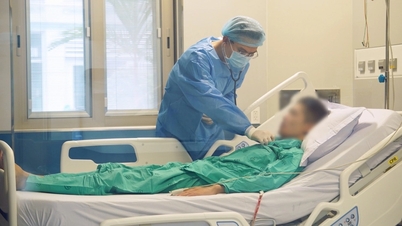
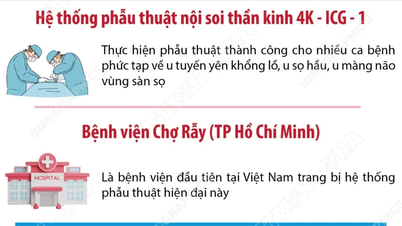

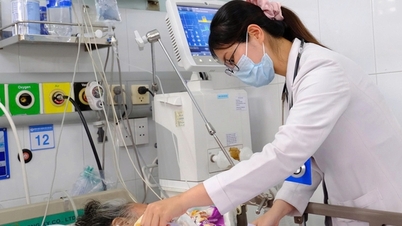



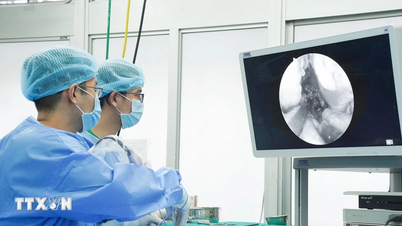
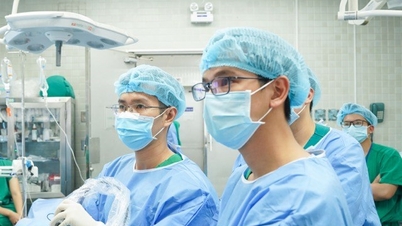






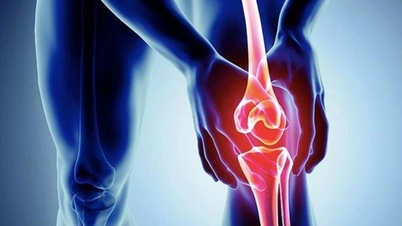






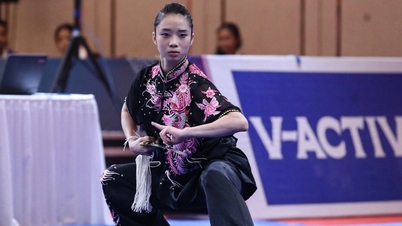
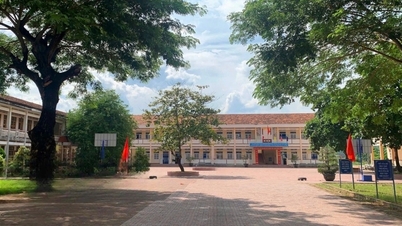
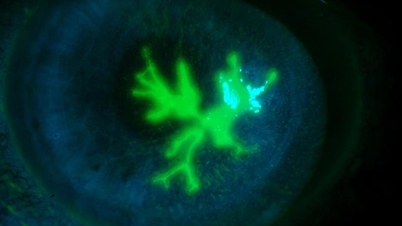
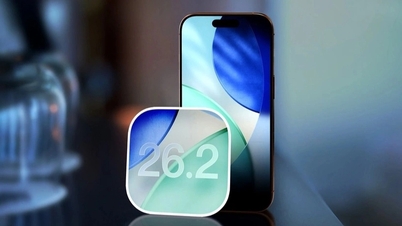












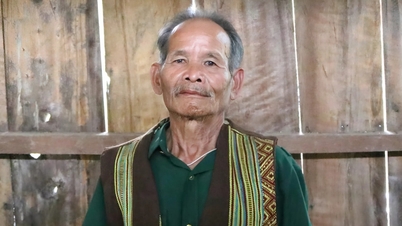












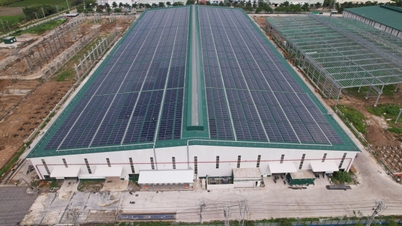


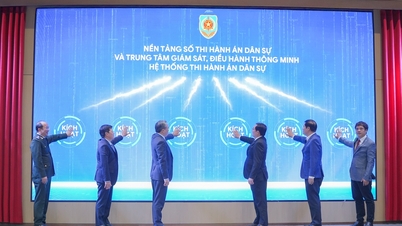







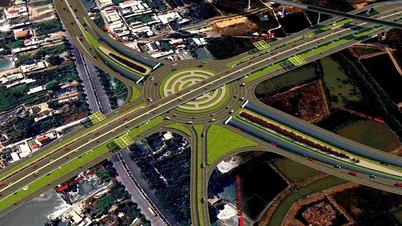

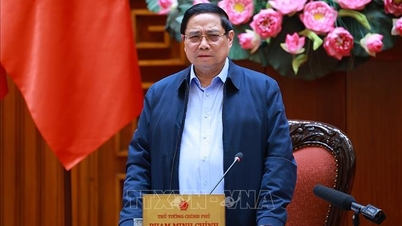






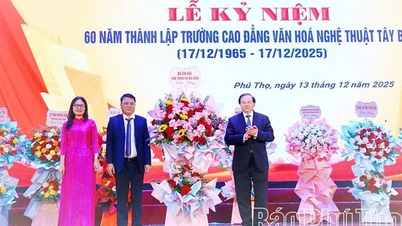
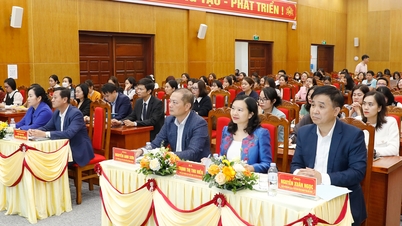

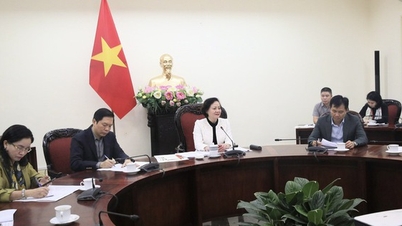
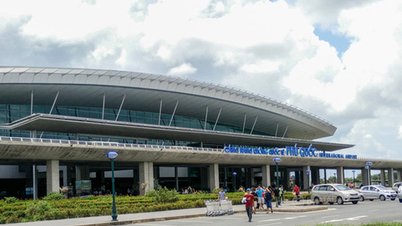
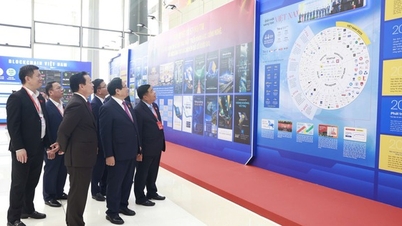
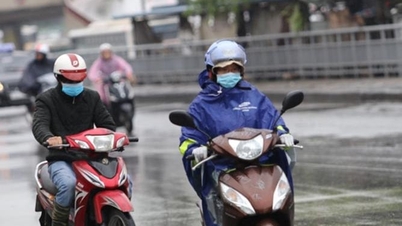







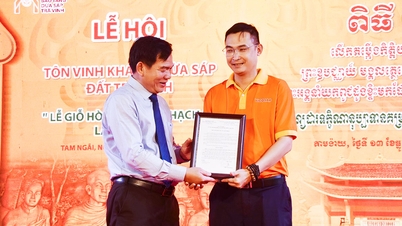













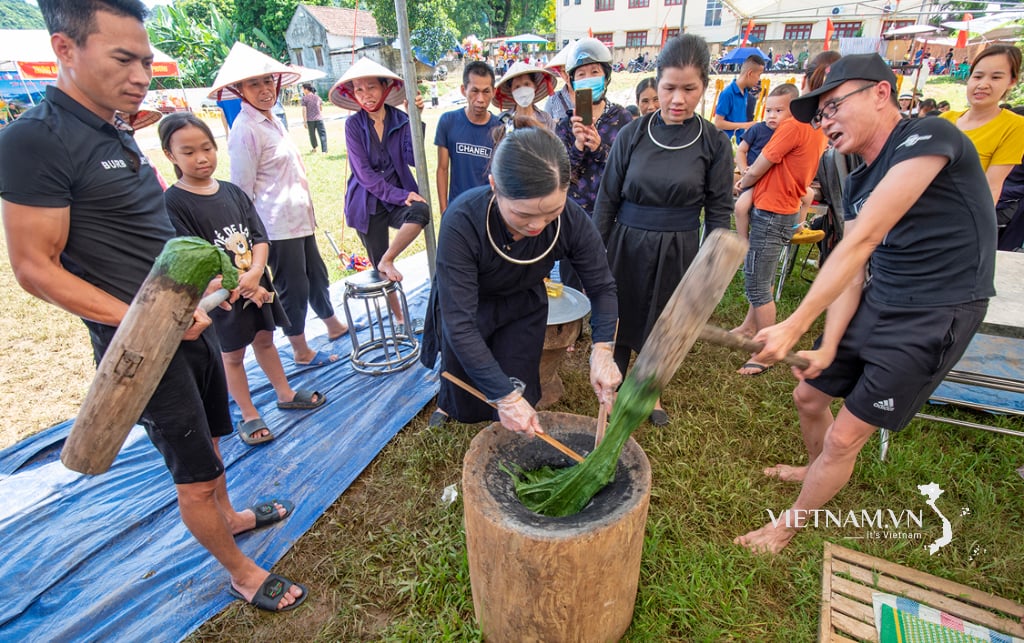

Comment (0)